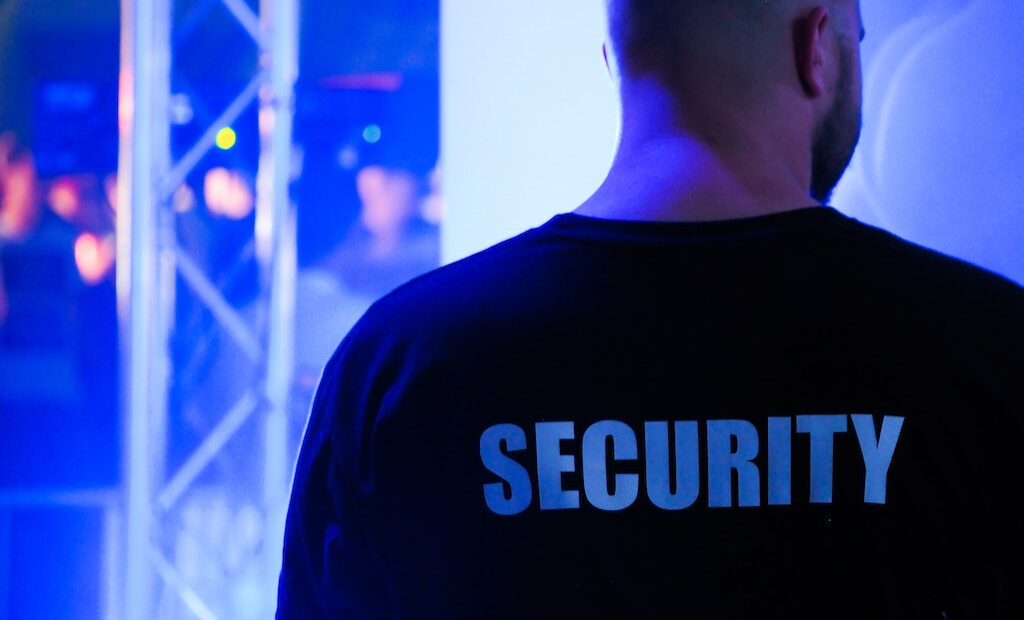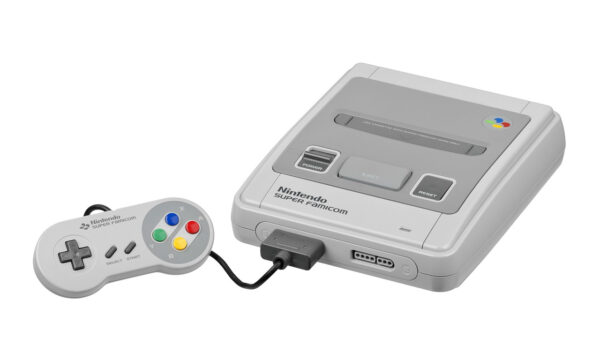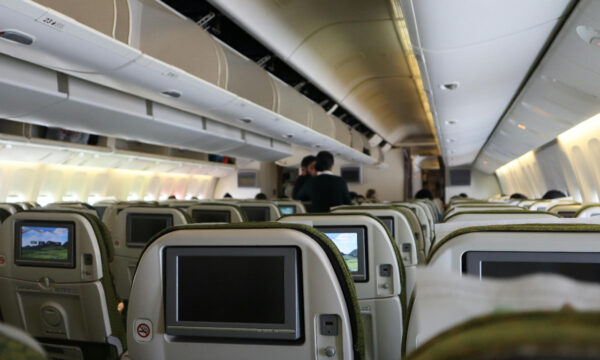Four technologies pubs and nightclubs in the US are using to spot fake IDs

Serving alcoholic beverages to minors is a criminal offence that pubs and nightclubs should avoid, and giving or selling these drinks to underage customers can be costly. In the US the penalty for breaking the set laws may include losing a liquor license, community service, or both.
While knowing how a state’s ID security features and educating staff on how to identify the most common fake ID types, pubs and nightclubs can leverage detection technology, which is a quick and effective fake ID identification method. Here are four technologies that pubs and nightclubs use to spot fake IDs.
1. ID scanners
Fake IDs can be challenging to spot, as they’re designed using sophisticated technology that replicates an original ID’s security features. This makes differentiating a fake from an original with the naked human eye nearly impossible. ID scanners are an excellent way for businesses to spot fake IDs.
Since the law requires checking ID for anyone who reasonably seems to be below 21 years old and seeking to enter a pub or nightclub, ID scanning technology can help establishments remain compliant while safeguarding them from the consequences of approving and serving minors.
Digital ID scanning technology not only deters underage clients from accessing business premises but can also help mitigate threats linked to unlawful occurrences while recording who’s entering the venue. With an ID scanner, fighting against today’s state-of-the-art IDs to identify the minor differences a naked eye can’t catch becomes easier.
2. Smartphone apps
Considering how convincing today’s fake ID’s can be, agents may take unreasonably long to verify each ID. Smartphone applications are a quick and accurate verification method that can help a nightclub or pub security team spot and combat fake ID usage in the establishment. Genuine details from an original license barcode can be replicated and applied to numerous counterfeit IDs.
While the information on the licence’s front part may seem legit, the barcode is hard to recreate and has data that needs to match up. An app utilises a tablet or phone’s camera to scrutinise the barcode on an ID’s back. In a few seconds, the smartphone application can verify the ID’s authenticity and determine whether it’s fake, real or requires another look. With this technology, pubs and nightclubs can keep age-restricted products, such as alcohol, away from those who can’t legally purchase them.
3. Magnetic stripe reader
Other fake ID identification solutions incorporate magnetic stripe readers to take their ID verification process a notch higher. These readers check details stored in an ID card’s magnetic stripe. The data could include personal information or a code that assists in a person’s identification. A basic magnetic stripe reader model has a duplicate ID detector and age verification software.
Using these features, one can spot fake IDs while ascertaining that the people accessing the pub or nightclub have the legal authority to do so. A magnetic stripe reader verifies the details in an ID card from the information on administration department databases.
4. Blockchain
Blockchain technology adds biometrics into the ID verification equation, changing the level of needed proof. If a pub or nightclub starts using age verification technology that needs biometric security safeguards, the procurement and usage of fake IDs will become more difficult because two people can’t have similar biometrics.
Conclusion
Fake ID manufacturing technology has become so sophisticated that detecting a fake identity card with a human eye is impossible. However, pubs and nightclubs can implement these technologies to spot fake IDs.
The editorial unit























Facebook
Twitter
Instagram
YouTube
RSS